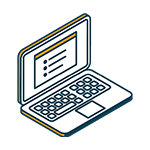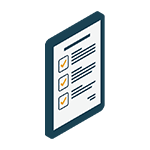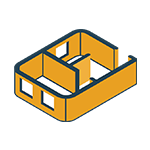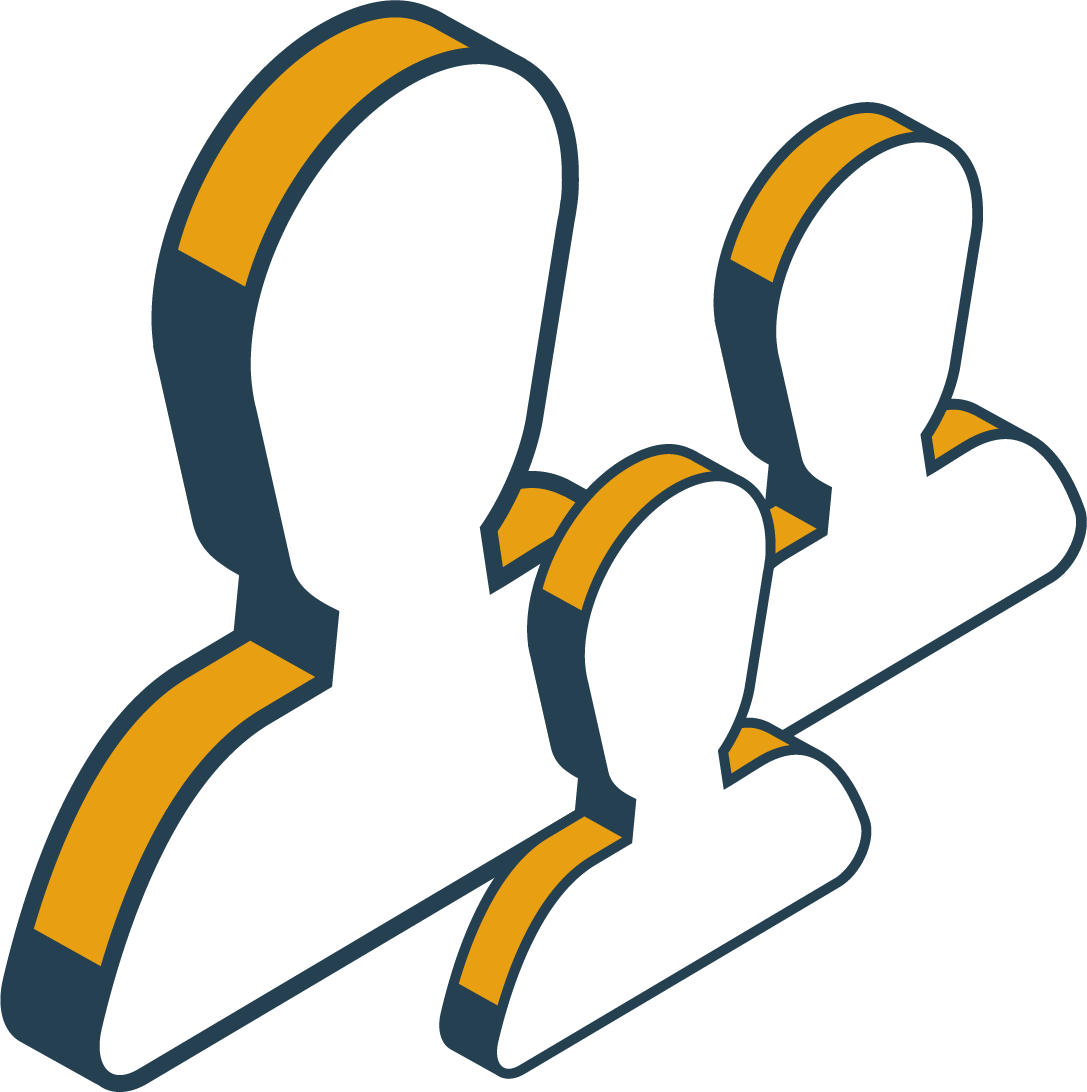According to researchers from GoodRX, a staggering 80 percent of counties in the United States are considered healthcare deserts. “Healthcare desert” is a term used to describe geographical areas where access to healthcare is severely limited or non-existent. More than 121 million Americans live in areas that lack access to pharmacies, doctor’s offices, hospitals, or all three. 
What's Happening?
As the problem has become more prevalent, some schools have taken it upon themselves to make sure that students have access to quality healthcare. One of the many factors responsible for the explosion of telehealth’s popularity has been its ability to bring healthcare anywhere. According to data from the American Medical Association, 85 percent of doctors have used telehealth to treat patients in healthcare deserts since the pandemic.
This began a trend of many educational stakeholders bringing telehealth to their schools, mimicking the success that rural areas have seen bridging healthcare gaps. This solution is viable and could help fix healthcare disparities for decades to come.
How Does Telehealth Close Healthcare Gaps?
For some, access to a medical clinic is either prohibitively expensive or not in their area. Some people must travel significant distances to receive care, something telehealth helps mitigate. Patients unable to make it to a medical facility or lack one in their area can reach a doctor via video chat, eliminating the barrier between underserved communities and quality care.
Offering students a telehealth program or telehealth app in schools located in healthcare deserts could be the essential difference between whether a student receives care or not. According to a report from Save The Children, those with barriers to healthcare access are less likely to receive medical care when they need it, including the 40 million children living in healthcare deserts. By enabling students to access care virtually, their location no longer matters.
What Have Other Schools Done?
Many schools have leveraged telehealth’s virtual nature to provide care to students in areas that lack access. For years, schools in more than 10 states have teamed with various care and software providers to create school-based health services to improve student health. While that may seem like a lot, data from the National Library of Medicine estimates that only 2 percent of public schools offer telehealth programs to their students. Considering how much of the United States lives in a healthcare desert, that leaves the vast majority of students without a solution.
The second largest school district in the U.S., Los Angeles Unified School District, launched a telehealth initiative of their own to help alleviate some of the lack of access felt by many families in the district. LAUSD used Kokomo24/7® and was able to roll-out school-based healthcare to their population of 700,000 in just 3 days.
When a student visits the school nurse, the nurse connects directly with a doctor via Kokomo’s telehealth solution, beginning a virtual appointment right from the nurse’s office and enhancing student care in the process. LAUSD students can access:
- Convenient access to medical professionals specializing in general medicine, orthopedics, pediatrics, mental health, and more
- Ability to schedule appointments on the go and from home
- Ability to conduct appointments from anywhere
Healthcare deserts in the U.S. are a distressing reality that highlights the deeply rooted inequalities in healthcare access. Addressing this issue requires a multi-faceted approach involving technology like telehealth and systemic reform. It won’t fix the problem, but telehealth is an effective solution to delivering care in areas that lack it, especially when paired with schools.
Why Kokomo24/7?
Kokomo24/7® exists to keep schools safe. Large and small schools alike such as Chicago Public Schools trust Kokomo to keep their students healthy and their schools safe. Since 2018, Kokomo has become a proven leader in the education health and safety sector, and we pride ourselves on highly customizable, cost-effective solutions.
Kokomo24/7® is a leader in compliance and risk management solutions for all things health and safety. Kokomo shares your passion for school safety and has a significant track record across Fortune 1000 companies as well as public-sector clients and schools like the Los Angeles Unified School District and Chicago Public Schools. Ask us about the time we helped host the Oscars!
Whether you work for a small school, a large school, or any institution in between, we want to hear from you! To learn more about Kokomo24/7® or to get a free 15-minute demo click the button below.

 CASES™
CASES™ ESCALATE™
ESCALATE™ TRIAGE™
TRIAGE™ NOTIFY™
NOTIFY™ FORMS™
FORMS™ ANALYTICS™
ANALYTICS™ HOST™
HOST™ OWLPASS®
OWLPASS® ACCESS™
ACCESS™ WELLNESS™
WELLNESS™ CONNECT™
CONNECT™ CREDENTIALS™
CREDENTIALS™



